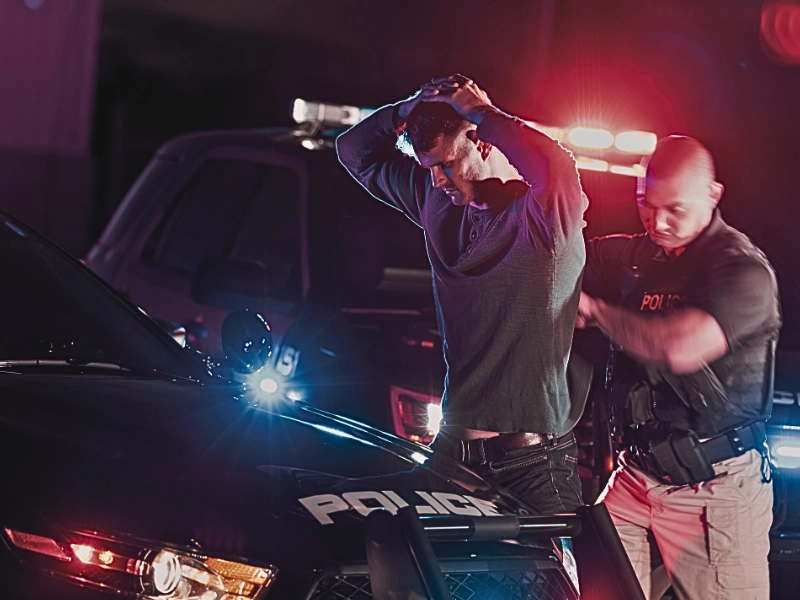The issue of drunk driving tends to get the public heated up pretty quickly. Minnesota has seen its own ongoing, passionate debate about DWI laws, especially with the recent changes involving harsher penalties for some first-time offenders and repeat offenders.
Kare 11 reports positive statistics about the rate of DWI accidents that reportedly occur in the state. Last year was a reported record year in Minnesota, with its lowest number of traffic deaths caused by a drunk driving in its history. Sources share more state numbers, as well. Here a few of those statistics:
- In 2010, 32 percent of traffic deaths were alcohol-related
- In 2010, more than 29,000 DWIs were issued in Minnesota; more than 2,000 of those were issued to underage drinkers
- Since 2005, there’s been a 21 percent decrease in the rate of alcohol-related traffic deaths
It’s quite notable to see the number of DWIs issued compared to the amount of traffic deaths connected to DWI accidents. Advocates for strict drunken driving laws in Minnesota credit the strong enforcement of DUI laws as the reason behind the lowered number of alcohol-related traffic deaths. Others, however, believe drivers are simply being more responsible.
In the next year, it will be interesting to follow the rate of alcohol-related traffic deaths in Minnesota. The laws related to ignition interlock devices will have been in effect. Advocates for the changed laws would likely use a further decrease in DUI accident rates over the next year as argument that the stricter laws are effective. We will see and report on the issue next year, when such information is available.
Source
Kare 11: “Drunken driving deaths down in 2010,” Sep. 3, 2011






